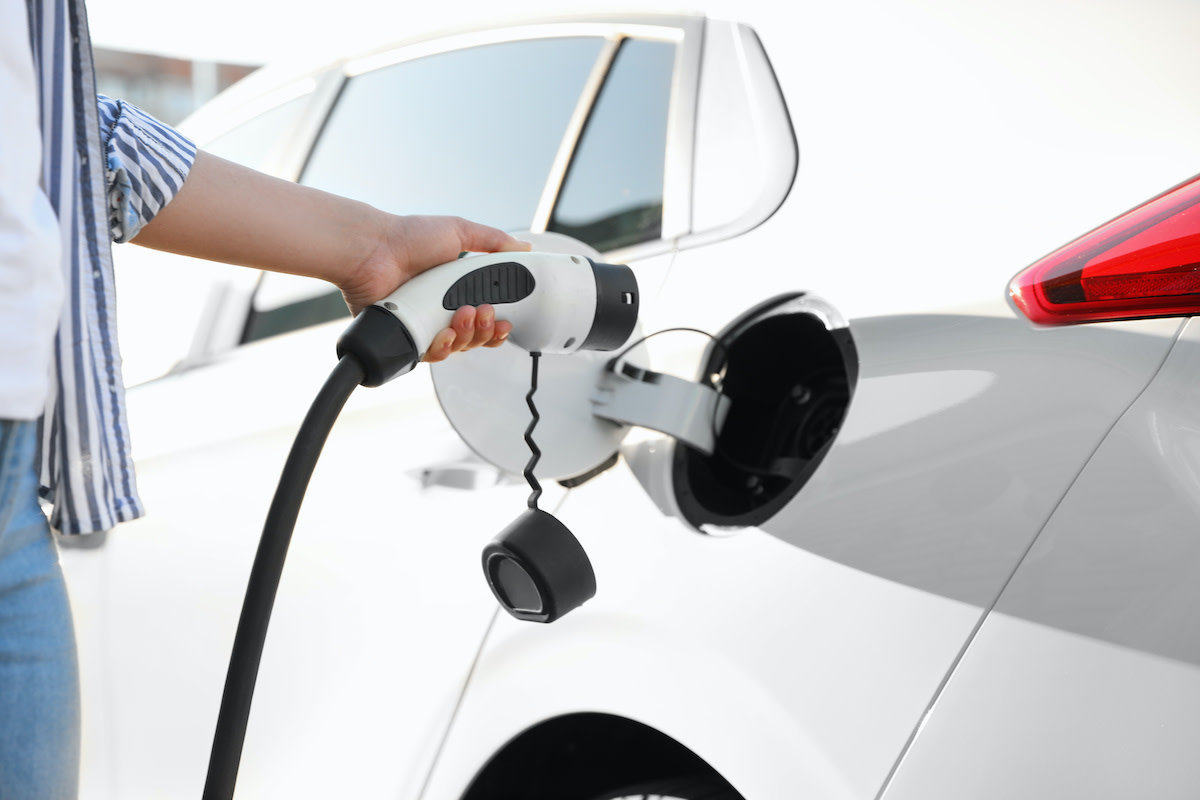Electric Cars Explained: How Electric Cars Work
Written by MasterClass
Last updated: Sep 2, 2021 • 3 min read
Inspired by new technology and the need to eliminate tailpipe emissions, electric cars now share the road with conventional vehicles around the world.
Learn From the Best
What Are Electric Cars?
Electric cars are automobiles that use an on-board battery pack and electric motor in place of a fuel engine (also known as an internal combustion engine). An electric power source charges the on-board battery pack, and the vehicle can also recharge the battery through regenerative braking.
How Do Electric Cars Work?
Today's electric cars run on lithium-ion batteries, which can be powered at residences using an AC charger. Electric cars can also undergo fast charging via DC power. At full charge, some long-range electric vehicles can exceed 350 miles of range—enough to cover long distances on a daily basis.
2 Types of Electric Vehicles
The two main types of electric vehicles are pure electric cars and plug-in hybrids. These cars work in different ways to power an electric motor:
- 1. Pure electric vehicle: Unlike gasoline or diesel cars that use an internal combustion engine, these cars simply transfer energy from a large lithium-ion battery in the base of the car to a relatively small electric motor. The motor then powers the car.
- 2. Plug-in hybrid electric vehicle: A plug-in hybrid electric vehicle (PHEV) contains an electric motor and an internal combustion engine. To power a plug-in hybrid, fill the fuel tank at a gas station or charge the batteries at an electric charging station. These cars can typically run twenty to fifty miles on pure electric power before switching over to a hybrid system like that of a conventional hybrid car.
How Are Electric Cars Different From Regular Cars?
Electric cars are different from regular cars in that they do not run on gasoline, diesel, or other liquid fuels. They draw their energy from an electric charging station and store that energy in an on-board battery pack. Unlike a traditional vehicle, an electric car can use regenerative braking to slow down, which charges the battery in the process. This braking system slows the car and converts kinetic energy into a form of energy to power parts of the car. The car can also store this energy for later use.
What Are the Advantages of Electric Cars?
Electric cars and plug-in hybrid cars offer many advantages over gasoline cars, diesel cars, and even conventional hybrid:
- Minimize greenhouse gas emissions: Traditional cars and trucks use fossil fuels, expeling greenhouse gasses that contribute to global climate change. Electric cars can get power from a municipal power grid or a home power grid, which renewable energy can fuel. Electricity from a grid that runs on solar power, wind power, or geothermal energy produces little to no greenhouse gas emissions. Grids powered by coal or oil produce CO2 emissions.
- Driving experience: Battery-powered electric cars can rapidly transfer potential energy into kinetic energy. The acceleration capability of electric cars is instantaneous, giving electric vehicles a quicker torque and more direct responsiveness than traditional cars.
- Quiet performance: battery-electric vehicles are quieter and make for a smooth, pleasant ride in comparison to traditional cars with noisy internal combustion engines.
- Lower maintenance costs: In comparison to a standard car with an internal combustion engine, electric cars contain very few parts. This leads to less maintenance and less time off the road.
- Lower refueling charges: Depending on your region, the price of charging a car from an electric grid may be less than the cost of fueling up at a gas station.
What Are the Disadvantages of Electric Cars?
While electric cars offer advantages to their gasoline and diesel counterparts, consider the following drawbacks:
- Cost: Today's electric vehicles cost more upfront than equivalent gas cars, due to the expenses in battery technology. Government grants provide rebates to buyers of certain electric vehicles. Nonetheless, cost remains one of the primary deterrents to current EV sales.
- Range: While some high-end EVs can exceed 300 miles in a single charge, more affordable models tend to hover in the 200 to 250-mile range, which does not compete with today's internal combustion engines. This contributes to a phenomenon known as “range anxiety,” whereby drivers limit their trips in fear of running out of power. As charging stations become more prevalent throughout the nation's roadways, this anxiety may dissipate.
- Inconsistent range in extreme weather: Extremely cold weather can notably reduce the power output of today's lithium-ion batteries. This makes all-electric cars less viable in regions beset by cold weather.
Learn More
Get the MasterClass Annual Membership for exclusive access to video lessons taught by science luminaries, including Neil deGrasse Tyson, Chris Hadfield, Jane Goodall, Bill Nye, and more.
